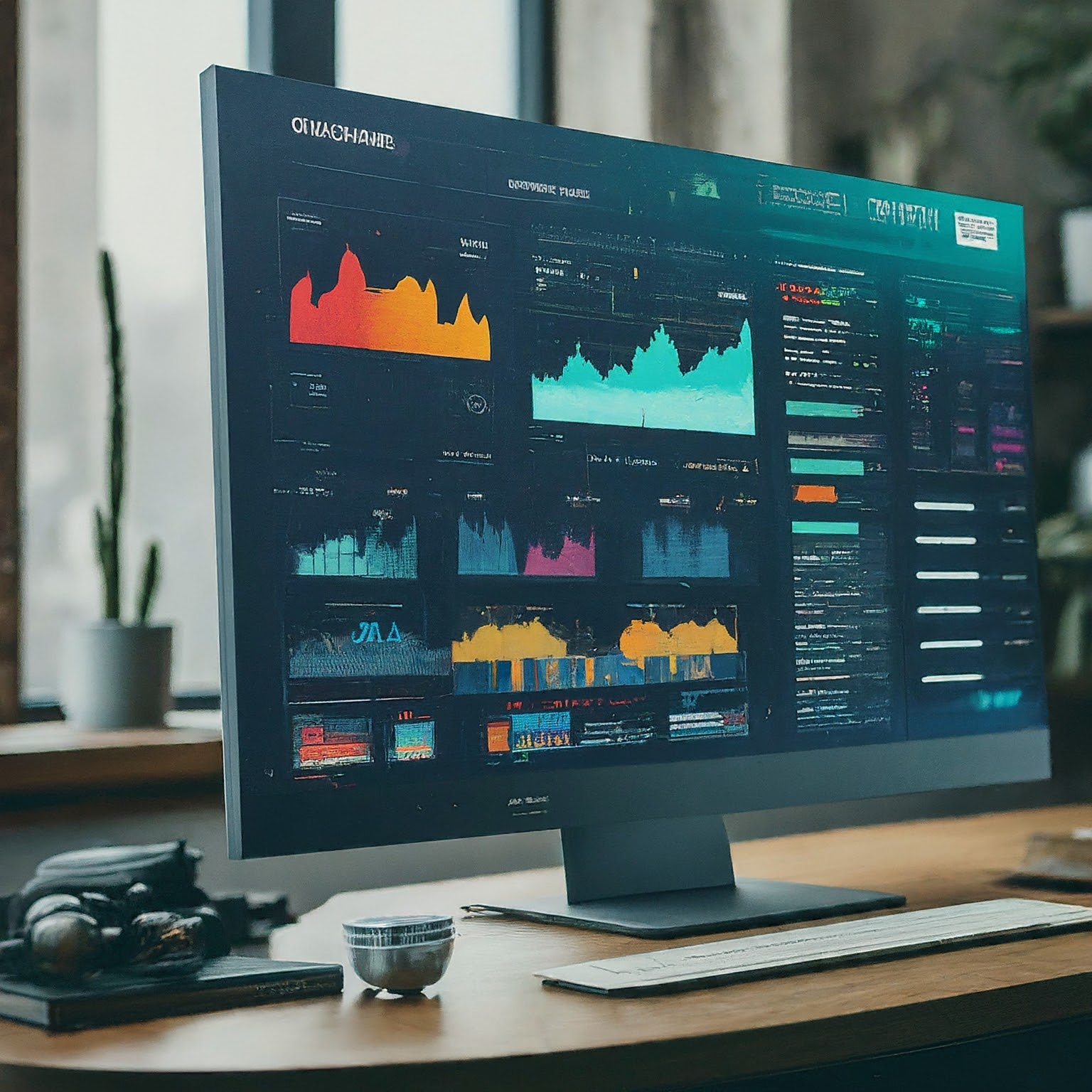Running large data platforms using 1P, 2P and 3P data involves measuring your AdTech spend and a clear strategy to execute. With the gamut of vendor solutions, agencies, ad exchanges etc. trying to quantify the value of your spend to leadership is like solving a Rubik’s cube with missing stickers.
In addition to the complexity of the Marketing campaigns and the data flow from and to the advertiser, at times the communication involving different personas like agency, professionals, business leaders, data engineers, data scientists and the metrics become as complex to decipher as Shakespeare in binary.

Add the 3P cookie deprecation apocalypse to the mix and this promises to remain as opaque as ever. One way to help quantifying these is via a few metrics to track while working with partners to ensure shared objectives are met. Some of the quantification approaches that have helped me understand this space are as follows.
Firstly, it is imperative to identify the key sources of measurement data from the respective teams. This includes:
- In-house media team
- Data team
- Media agency
- Trading desk
- Auditors
Media

- DSP Number of auctions won
- DSP Number of auctions lost – note this is a key area where agency may be loathe to share lost bids in order to not overshare to an advertiser
- Number of impressions and growth YoY/MoM/WoW
- Measure of Invalid traffic data and accuracy of IVT detection – general invalid traffic (GIVT) and sophisticated invalid traffic (SIVT)
- Campaign metrics (CPM, CPL, CPA, CPQL, CTR/CTOR/Traffic/CVR etc) across all DSP platforms
- Count of impressions from detection filters for pre and post-bid verification for display impressions
- Drop-off rates for click campaigns
Billing

- Costs of third party data verification
- Allocated budgets to vendors and suppression list of sellers in ad exchanges
- Allocated budgets to improve inventory for in-app and CTV
- Cost of frequently updated suppression lists to ensure quality audiences
- Cost of maintaining historical log files and cloud platforms to easily access them to self-serve
- Digital attribution across channels
Operations

- Clear documentation and audit for bought environments including details on pixel/JavaScript based pages
- List of Media types and formats as part of our buyers list
- List of DSP feeds from partners
- List of ETL/ELT pipelines on our big data platform to process this data
- Matching environments to match anonymized data to digital profiles and clear segregation with 1P data
- List of data providers that can augment your identity graph and assessment and scale of traffic from each
- Ad-server measures being used by the agencies (impression ID, placement ID, quality metrics)
While trying to add ALL aspects of AdTech measurement considerations into an always-evolving strategy is like as elusive as finding a needle in a spaghetti haystack, ensuring visibility into these will go a long way in to adding efficiency into that strategy.